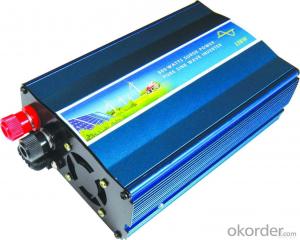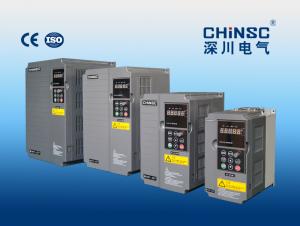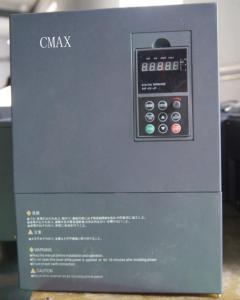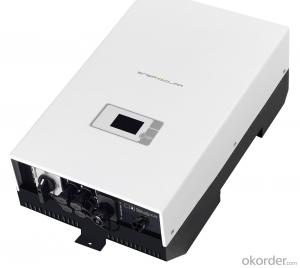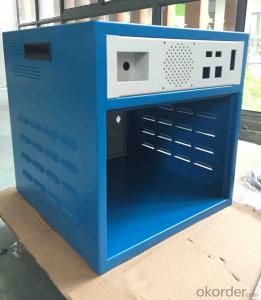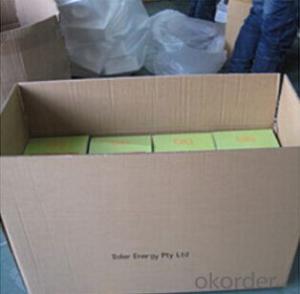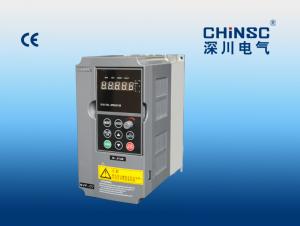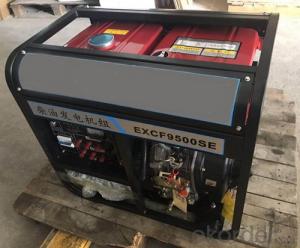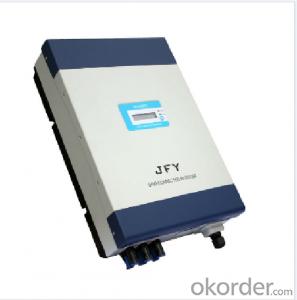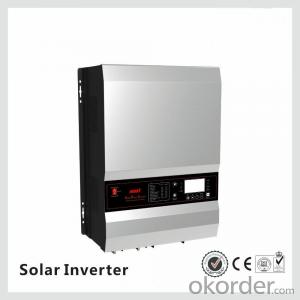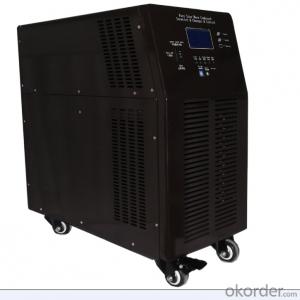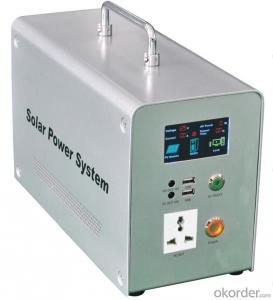7.5 Kva Solar Inverter
7.5 Kva Solar Inverter Related Searches
7.5 Kw Solar Inverter Solar Inverter 7.5 Kw 7.5 Kva Solar Inverter Price 7.5 Kw Solar Inverter Price 7.5kva Solar Inverter Price 5.5 Kva Solar Inverter 7kw Solar Inverter 5.5 Kw Solar Inverter 6.5 Kw Solar Inverter 7kw Inverter Solar 7000 Watt Solar Inverter 3.5 Kva Solar Inverter Solar Inverter 5.5kw 5.2 Kw Solar Inverter 2.5 Kva Solar Inverter 4.5 Kw Solar Inverter 3.5kva Solar Inverter Solar Inverter 3.5 Kva 3.5 Kw Solar Inverter 2.5 Kw Solar Inverter 3.5kw Solar Inverter 1.5 Kva Solar Inverter 2.5kw Solar Inverter 5 Kva Solar Inverter 7kw Solar Inverter Price Tesla Solar Inverter 7.6 Kw 2.5 Kva Solar Hybrid Inverter 2.5 Mw Solar Inverter 1.5 Kw Solar Inverter 5kva Solar Inverter7.5 Kva Solar Inverter Supplier & Manufacturer from China
The 7.5 Kva Solar Inverter is a high-performance product designed to convert solar energy into usable electrical power. It is equipped with advanced features such as maximum power point tracking (MPPT) and islanding protection, ensuring efficient energy conversion and system safety. This product is widely used in residential, commercial, and industrial applications where solar power generation is required. The 7.5 Kva Solar Inverter is suitable for various solar panel configurations, making it a versatile choice for different energy needs.In various usage scenarios, the 7.5 Kva Solar Inverter plays a crucial role in harnessing solar energy and providing a reliable power supply. It is particularly beneficial in off-grid systems, where it can store excess energy in batteries for later use, or in grid-tied systems, where it can feed excess power back into the grid. The 7.5 Kva Solar Inverter's robust design and user-friendly interface make it an ideal choice for those looking to invest in renewable energy solutions.
Okorder.com is a reputable wholesale supplier of the 7.5 Kva Solar Inverter, offering a large inventory to cater to the growing demand for solar power solutions. As a leading online platform, Okorder.com ensures that customers have access to high-quality products at competitive prices. With a commitment to customer satisfaction, Okorder.com provides comprehensive support and assistance, making it easier for businesses and individuals to adopt solar energy systems.
Hot Products


